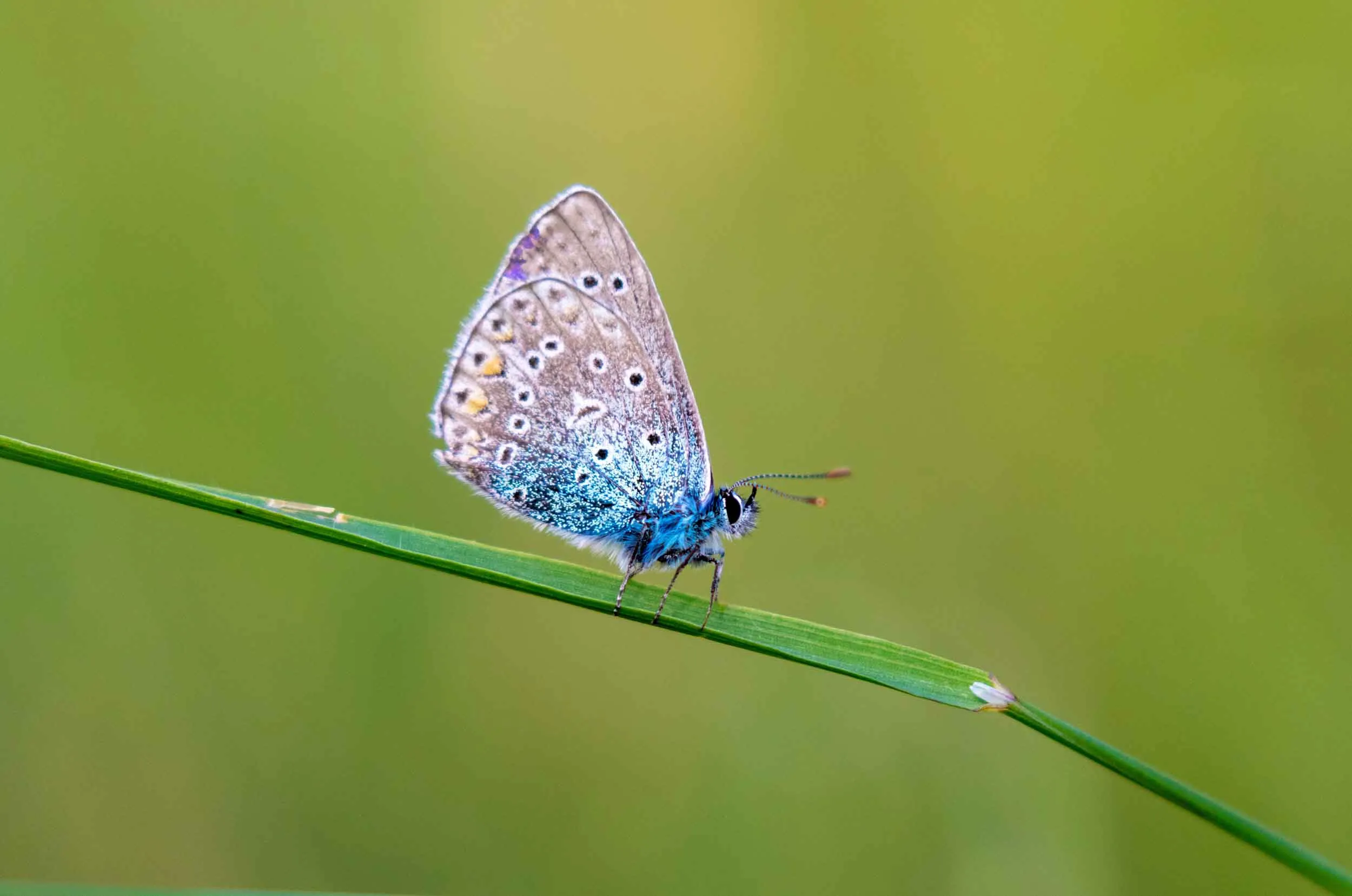News
Six bird films that deserve their feathers – errr, their flowers
The RSPB’s Avian Academy Awards reclaims the ‘chick flicks’ category and shares its top six picks.
So, you just can’t get enough of Wild Isles? In Episode Three, Wild Isles explores the UK’s grasslands - bursting with incredible creatures and organisms. Has a certain species sparked an interest? Here’s your chance to dive a little further into the wonderful world of grasslands.
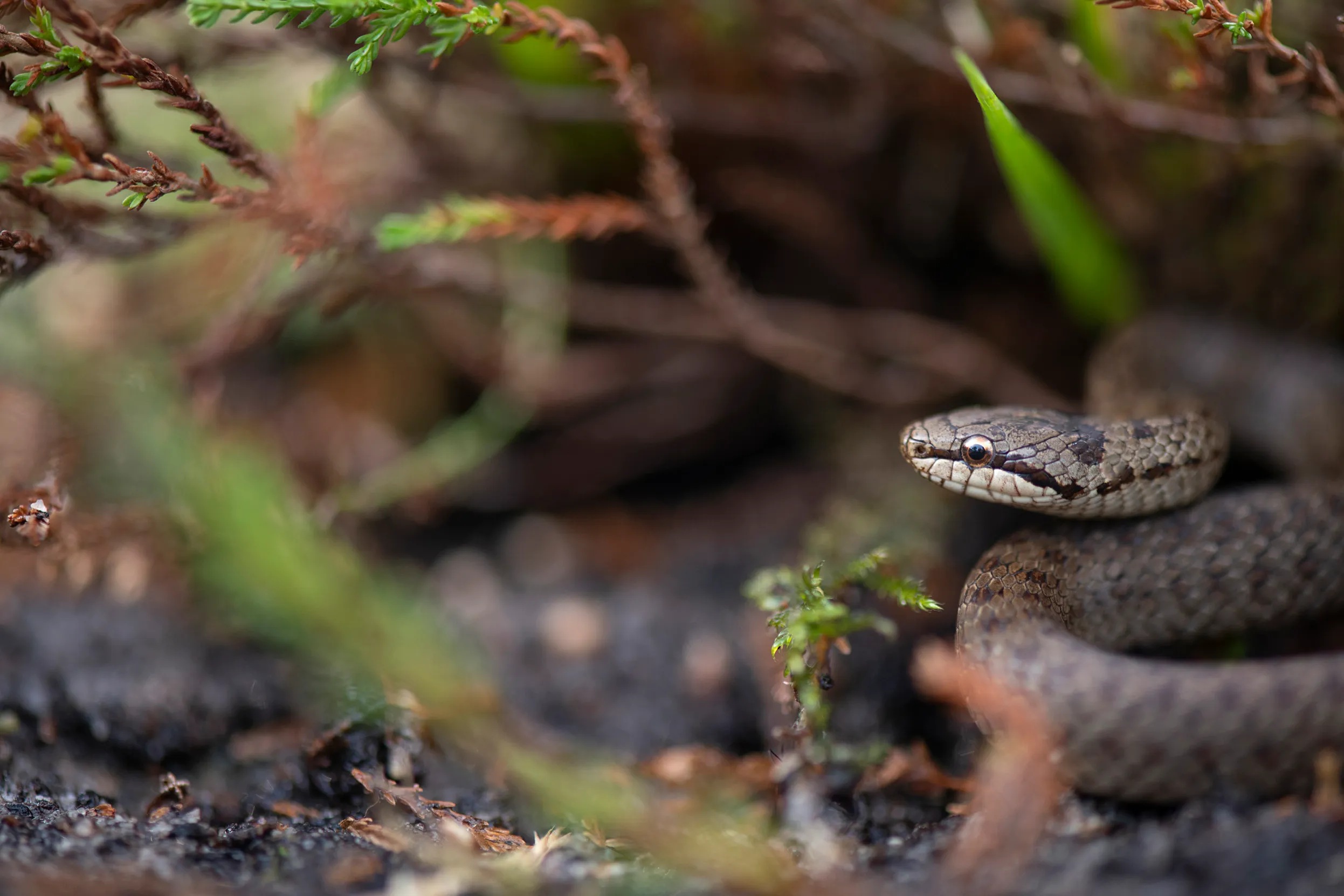
Episode Two of Wild Isles ventures into the dynamic and changing world of grasslands. Sometimes busy and crowded, sometimes vast and seemingly quiet – these spaces are diverse and precious.
Our grasslands haven’t always been here. They are the result of thousands of years of human activity. But they’re the foundation for Britain’s most expansive habitats: our grasslands, heath dunes and moors - our open lands. Today, 40% of UK land is covered in grass.
But over the years, our grasslands have become damaged, and the creatures that depend on them are suffering. Now, we need to protect the grasslands we have left, help them to recover, protect our food security, and create a brighter future for us all.
As co-producers on BBC’s Wild Isles, our teams have been providing a range of world-class scientific and conservation advice. You’ll spot many of our reserves and resident species - which we think is pretty special.
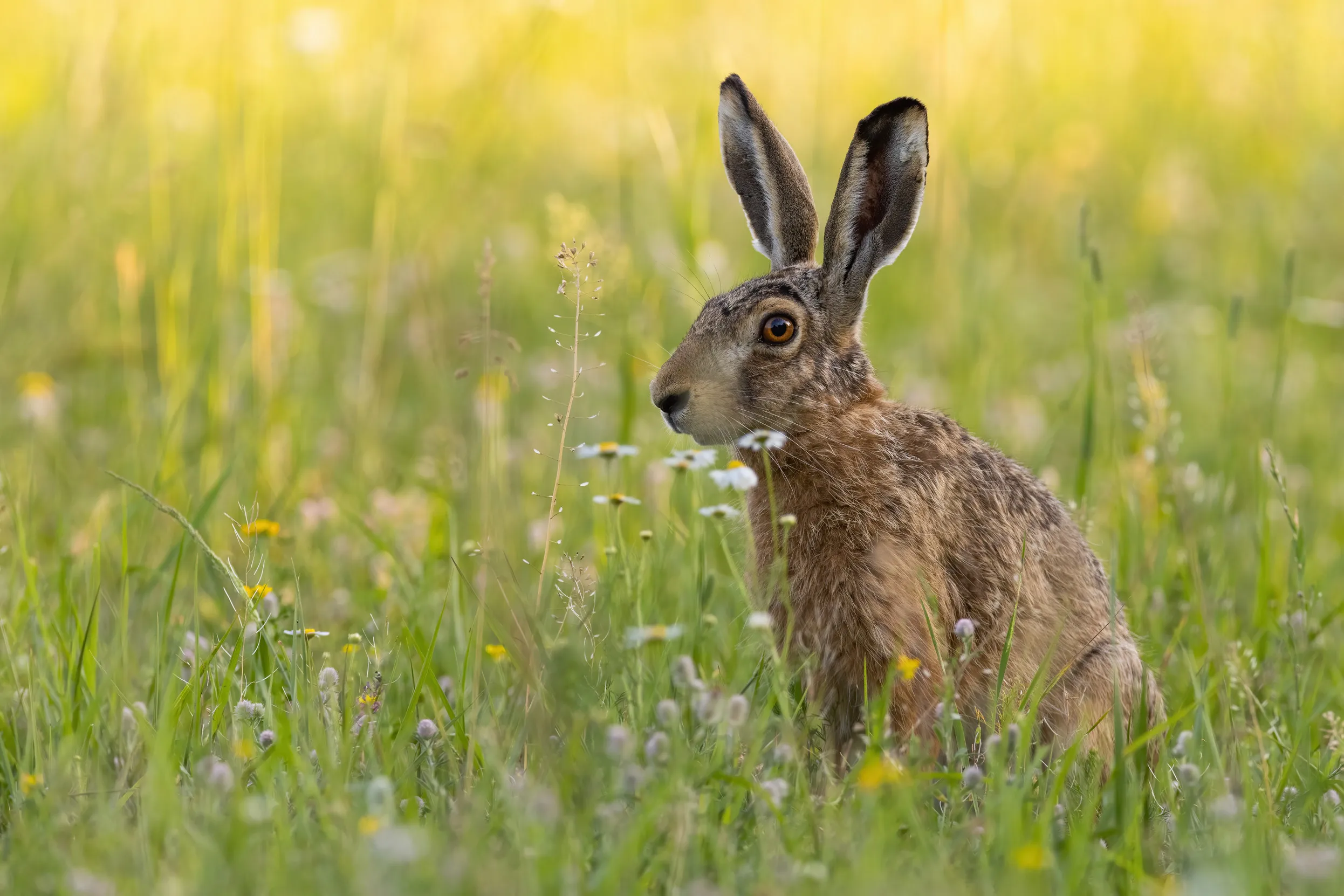
Grass is everywhere: in our gardens, roadside verges, parks and playing fields. But when we use the term grasslands, we don’t mean front lawns...
We’re talking about places like
These grasslands were formed by traditional croft farming on shell-sand soils. They helped to make a perfect home for all sorts of wildlife – from barn owls scouring the grasses for a meal, to yellowhammers, tree sparrows and linnets that rely on these places for seeds and insects to feed their chicks. Bumblebees, grasshoppers, moths, and rare butterflies need the pollen and nectar from wildflowers. In remote parts of the UK, you’ll even find golden eagles soaring over open plains.
It’s just one of the key habitats that make our wild isles so special.
So, what’s happened to our grasslands? Well, today our grasslands look very different than they once did. The fields we see in the countryside may still look green and vibrant, but it’s not as rosy as it seems. In fact, 97% of our wildflower meadows have been lost since the 1930s. We have very little ancient grassland left and intensive farming methods mean many spaces are heavily damaged.
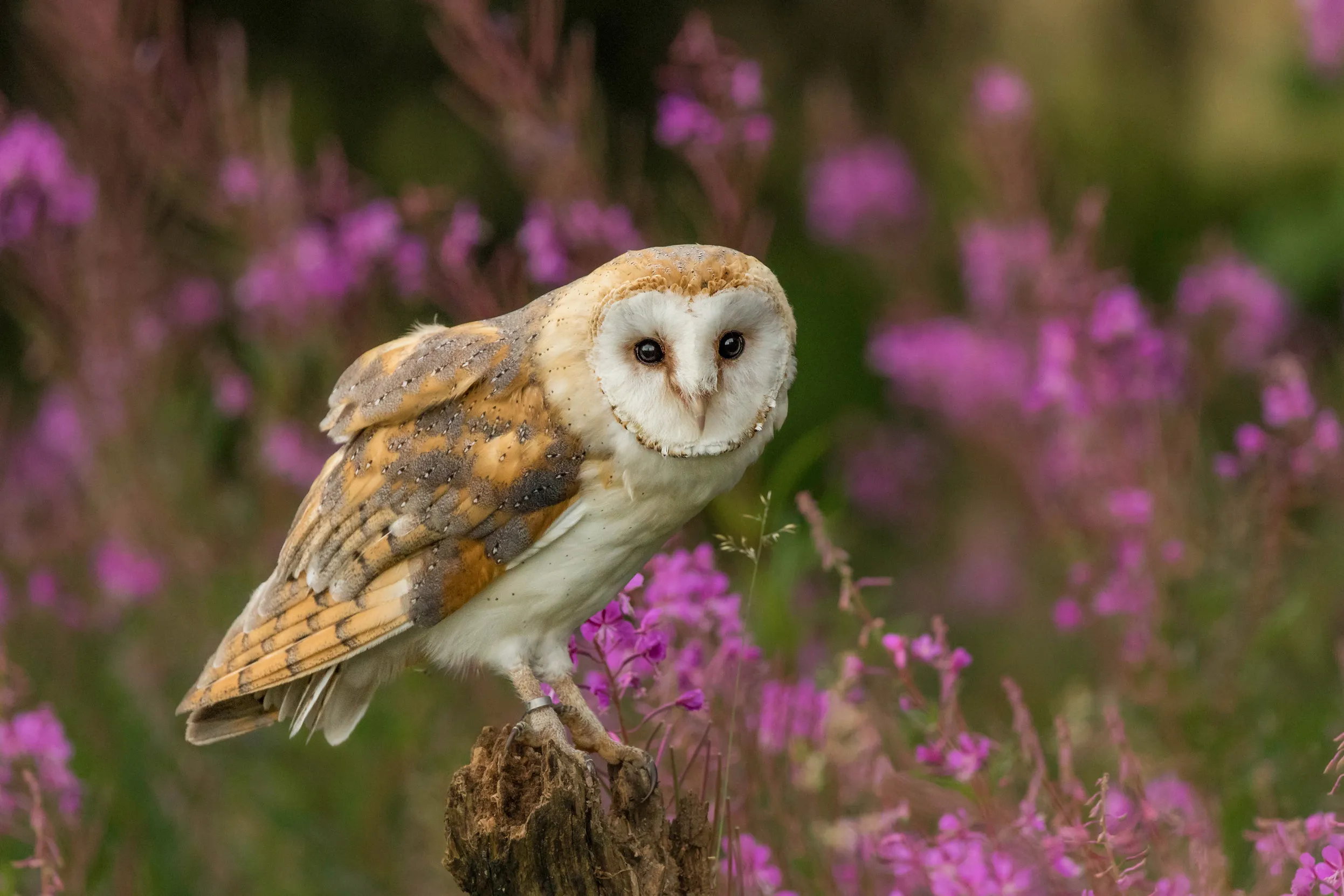
The most noticeable impact of intensive farming has been on our wildlife, including our farmland birds. Tree sparrows, corn buntings, turtle doves, grey partridges and yellow wagtails have all decreased by more than 70% since the 1970s. Red-backed shrikes have become extinct in the UK and whinchats have disappeared from the lowlands. Even birds we think of as common, such as starlings, are in serious trouble. Right now – our struggling farmland birds need us.
Before it’s too late…
We’ve already lost many larger species like wild horses and wild cattle. And worryingly, 40% of pollinating insects are now at risk of extinction. And when nature loses, we all lose. We depend on many of these species to sustain our food production. So how do we begin to fix this?
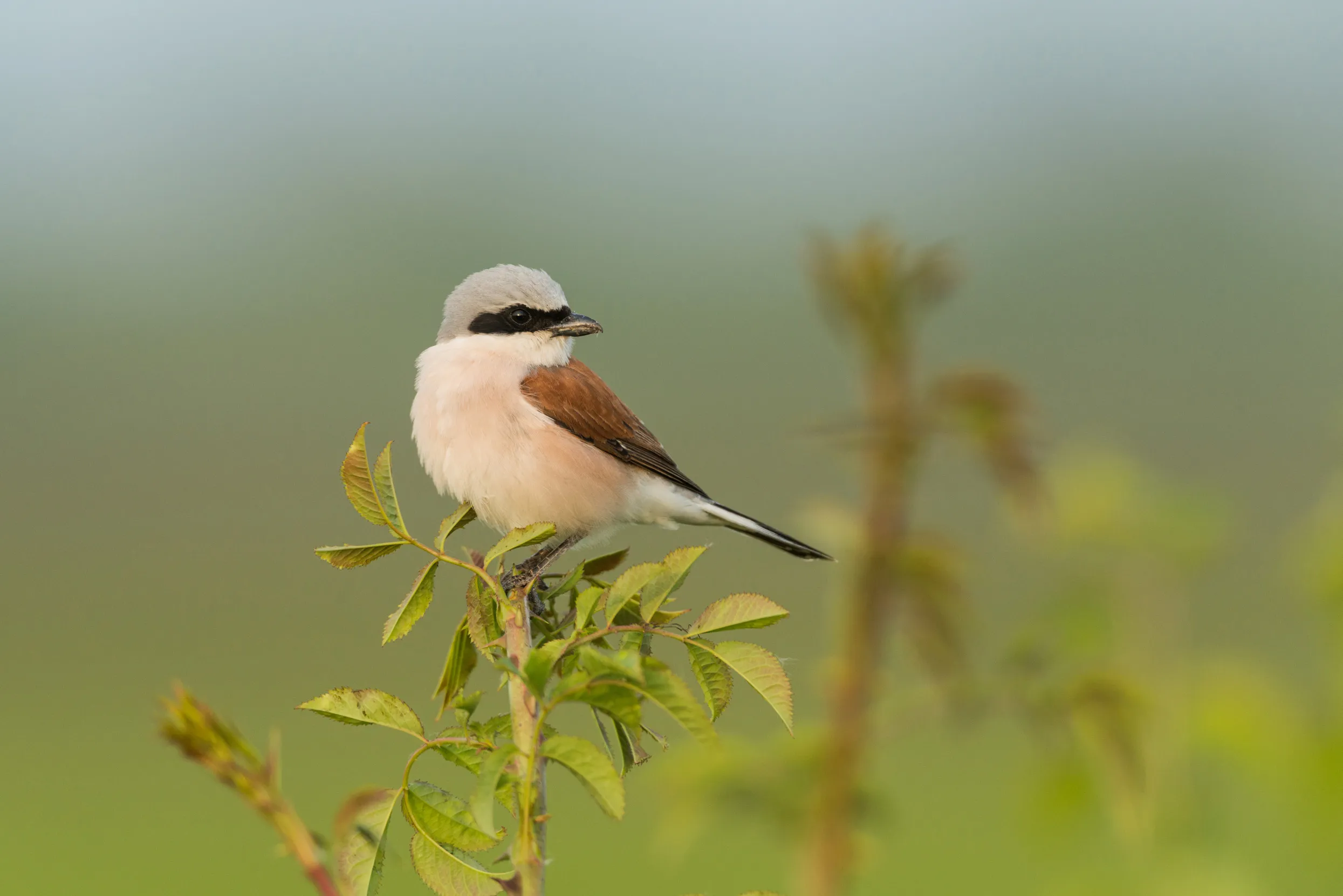
In the UK, a whopping 70% of our land is farmed. That’s why farmers are a key part of the solution to restoring our grasslands. Together, we can make sure that our natural world can survive and thrive – so we can continue providing healthy and affordable food. It’s a win-win.
We – as shoppers, farmers, businesses and governments - all have the power to make a real difference. It’s time to support our farmers to be nature’s champions with nature friendly farms.
And why not do your bit for the wildlife near you? Create your own wildflower meadow
On this episode of Wild Isles, we watched as the Wild Isles crew spent weeks on Islay, trying capture the eagles’ formidable hunting behaviour on camera. With some of the most powerful eyes in the animal kingdom, the UK’s Golden Eagles give their prey a run for their money. Once lost to our shores, these incredible creatures are back and recovering. But they’re not in the clear yet.
Once widespread across UK, these skilled hunters were targeted by landowners who saw them as a threat – coupled with an increasing number of egg and skin collectors – these birds were in hot water. By 1850, they had disappeared from England and Wales, and were barely surviving in Scotland. Later on, certain pesticides threatened their health.
It’s a success story:
Legal protection and conservation efforts meant that these threats could be tackled, and eventually the small remaining number of Golden Eagles began to recover. Today, more than 500 pairs of Golden Eagles call the UK home.
Unfortunately, golden eagles, like many other UK birds of prey, are still under threat of human persecution. In fact, since 1981, a total of 68 Golden Eagles have been illegally killed in Scotland. With your support, we’re working to tackle this.
It’s great news that, just like Golden Eagles, White-tailed Eagles are back in UK skies once more. Only found in a few select spot of our Wild Isles – eagles are an amazing spectacle. So where can you see UK eagles in the flesh? Check out our Eagle Guide, packed with ID tips to spot the difference between them.
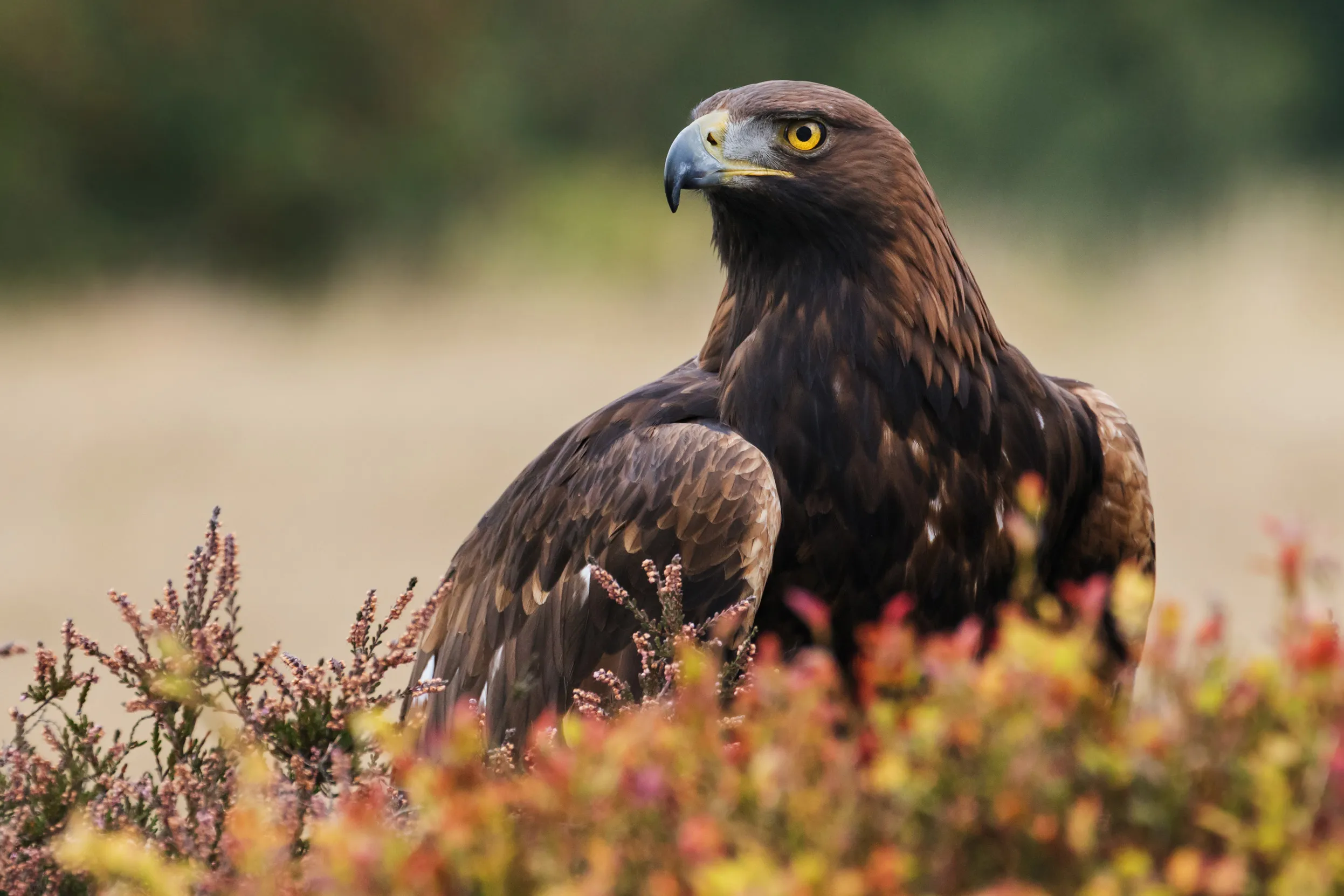
Buzzing workforces pollinate our grasslands
This episode, we’ve been taking a bugs-eye view into life in grassland habitats – home to much of our incredible and unique wildlife. In the crowded spots – space is a premium.
But mining bees have just the answer. This episode, we watched as mining bees ingeniously hunted for empty snails’ shells to call home in Dorset. And you might be surprised to discover just how many interesting bee species go under our radar in the UK. Because while we’re all familiar with bumblebees and honey bees – but there actually are an incredible 270 species that buzz about our wild isles.
From wildflower losses, to pesticides, to climate change – this stripey workforce need us to have a rethink, and fast. We’ve already seen great losses – in the last century, great yellow bumblebee number have declined by 80%. It’s a pattern we need to combat.
Why do we need bees?
This buzzing workforce do some irreplaceable jobs. They’re powerful pollinators and habitat shapers – helping to keep food on our tables and creating homes for wildlife. Find out what the buzz is about and how we can save the UK’s bees.
And why not give a bee near you a helping hand? Offer some fiver-star lodgings to solidarity bees in need of shelter by building a bee hotel in your green space.
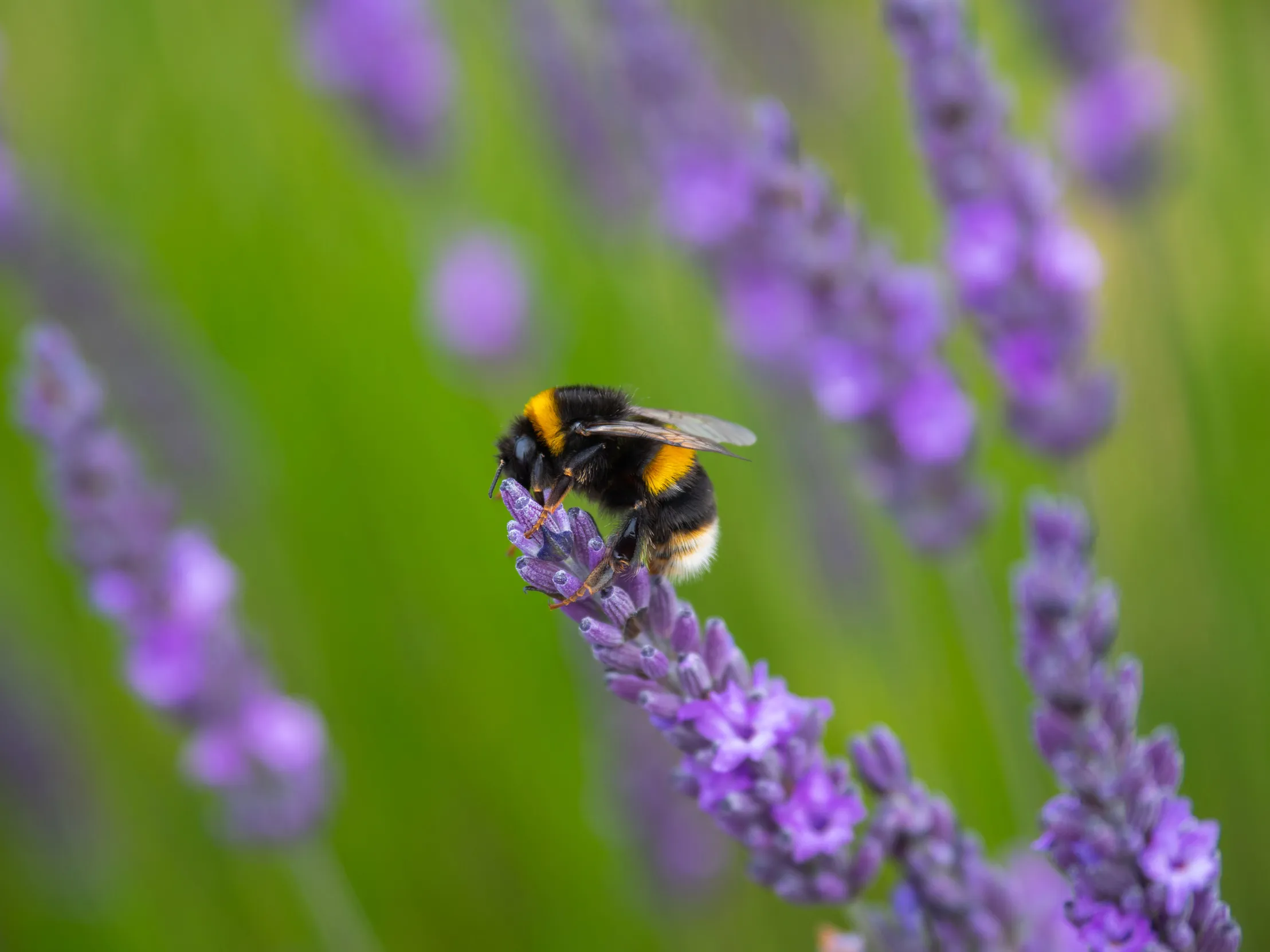
The large blue butterfly is beautiful - complete with an unmistakable row of black spots on their forewing. But don’t let its deceptively inviting appearances fool you, this parasitic butterfly has a uniquely freaky life cycle.
Need a recap? Well, a large blue butterfly lays an egg on a flower of wild thyme, and the emerging caterpillar drops to the ground. If found by a red ant, the caterpillar imitates the red ant’s scent, and the unsuspecting ants carry the caterpillar inside. For the next 11 months, the caterpillar engorges itself on its welcoming hosts, eating hundreds of ant grubs before emerging as an innocent-looking butterfly.
With such a unique lifecycle, the large blue butterfly has always been rare, even being declared extinct in 1979. Today, reintroduction projects have been successful, but it’s declining throughout its world range and is endangered globally. And they’re by no means alone in their plight.
Notice less butterflies where you live?
Across the UK, butterflies are in trouble: over 70% of UK species have declined since 1976. Activities like frequent mowing and cutting mean we’re losing flowering plants, which pollinators need to survive. Beyond this, pesticide usage poses threats of its own.
The good news is - simple measures can help turn the fortunes of UK butterflies. Every action counts. When you plant flowers and plants that butterflies love, you provide essential nectar for butterflies and other insects. So why not create your own large blue butterfly habitat? They’ll thank you.
